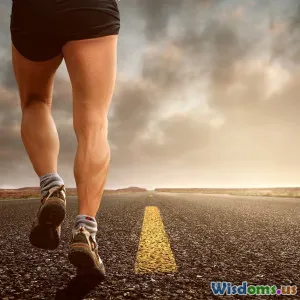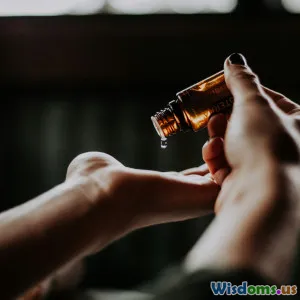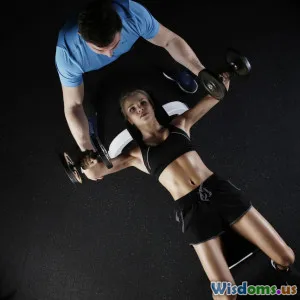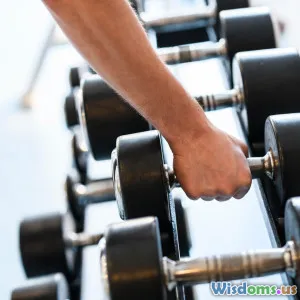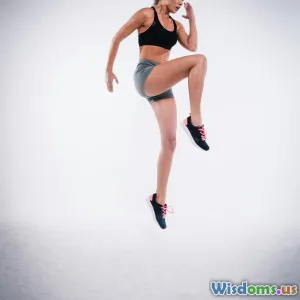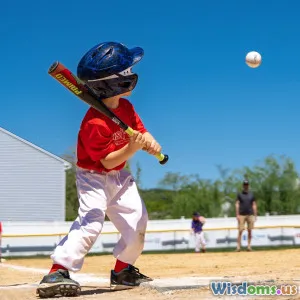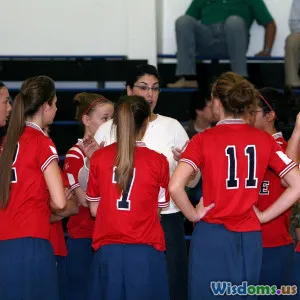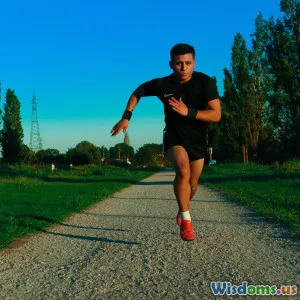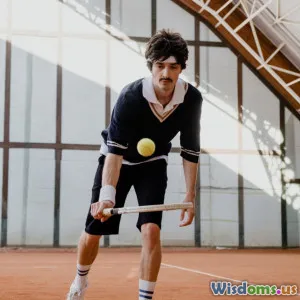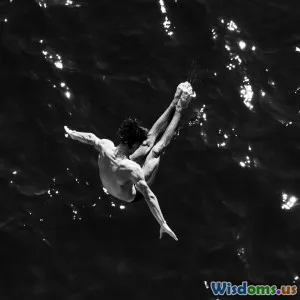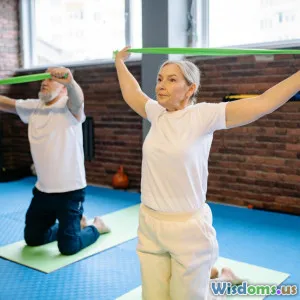
Boosting Bone Health How Older Adults Can Prevent Fractures With Sport
13 min read Learn how engaging in sport can help older adults strengthen bones and reduce their fracture risk effectively. (0 Reviews)
Boosting Bone Health: How Older Adults Can Prevent Fractures With Sport
Staying active might seem daunting as we age, especially if we grow concerned about brittle bones and falling risks. Yet scientific research and countless real-life examples continue to show that appropriate, enjoyable sport isn't just possible—it's a cornerstone of bone health for older adults. Rather than steering clear of activity, seniors can significantly ward off fractures and strengthen their musculoskeletal system by choosing their sports wisely and participating with purpose. Here’s how engaging with sport can help older adults enjoy more resilient bones well into their golden years.
The Science Behind Sport and Bone Strength
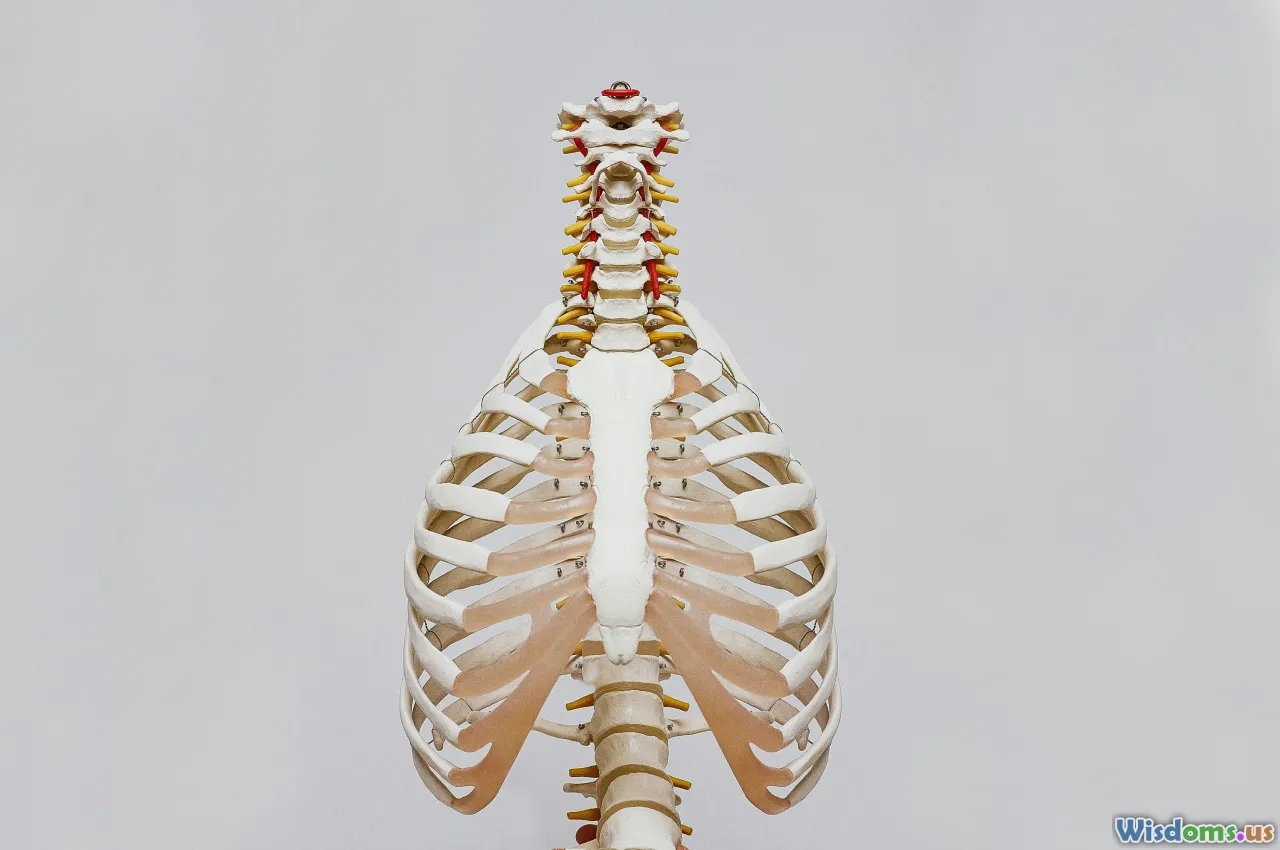
When we’re young, our bones are in a constant cycle of breaking down and rebuilding—processes called resorption and formation. This process slows with age, tipping towards bone loss, especially during and after menopause for women. The result? Thinner bones, higher risk of osteoporosis, and increased likelihood of fractures from minor falls.
But activity has a unique, positive stress effect: when you load your skeleton—by walking, climbing stairs, or lifting weights—bone-forming cells called osteoblasts kick in, amping up the rebuilding process. Numerous studies highlight that older adults who maintain regular, weight-bearing physical activity experience higher bone mineral density (BMD) compared to their sedentary peers.
Key insights:
- Mechanical stimulation: Activities that gently jostle or stress bones, like tennis or stair climbing, prompt the body to maintain or even increase bone density.
- Hormonal optimization: Regular exercise modifies hormone levels (estrogen, testosterone), giving bones molecular signals to stay strong.
For instance, in the Journal of Bone and Mineral Research (2014), a year-long trial showed that postmenopausal women doing twice-weekly resistance and balance sports increased spinal BMD and reduced falls by 51% compared to controls.
Choosing the Right Sports for Bone Health
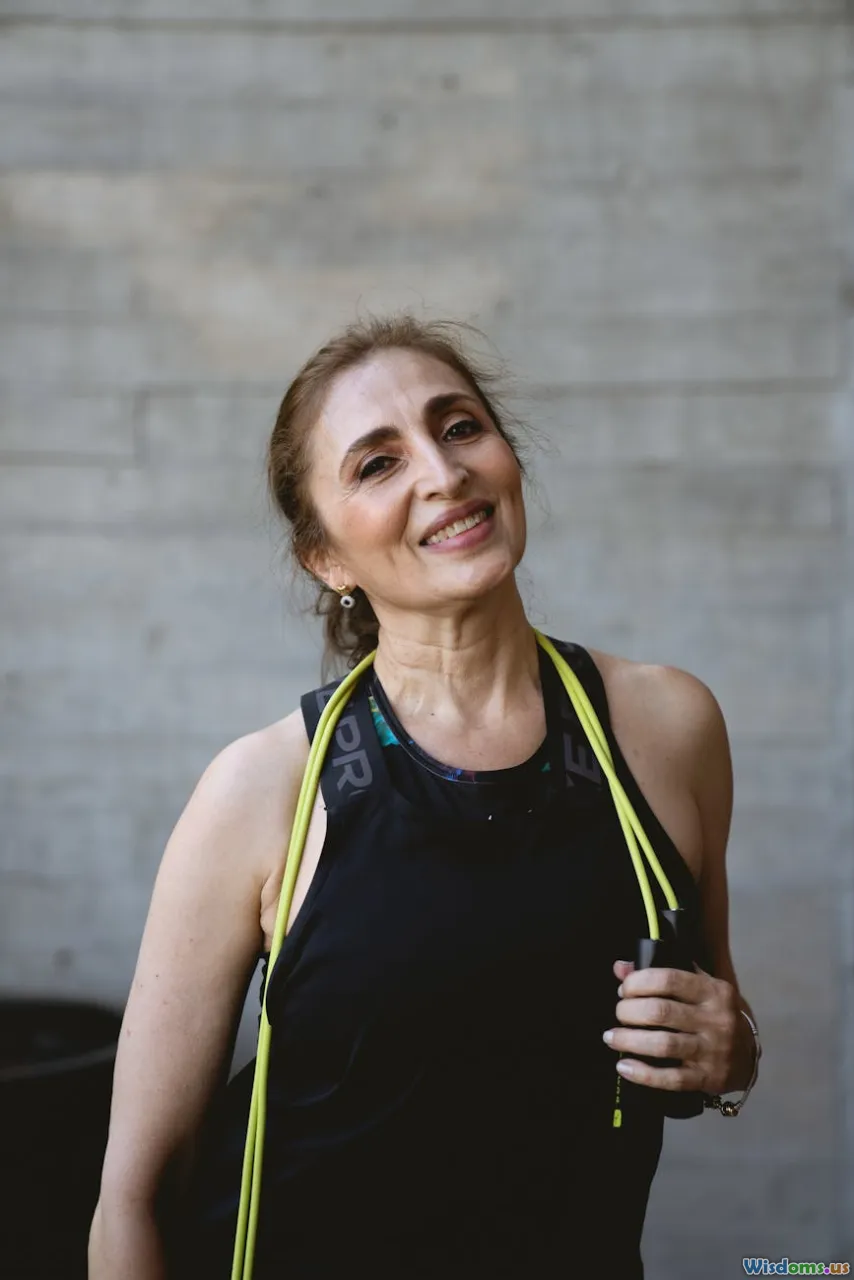
Not every sport is created equal when it comes to bone vitality. High-impact, weight-bearing activities are most effective for stimulating bone growth, but safety considerations matter—a 70-year-old doesn’t need to train for soccer tournaments. Instead, strategic choices balance bone stimulus with fall prevention.
Top bone-boosting options for older adults:
- Racquet sports (table tennis, badminton): Quick starts and stops place force on bones, particularly in the arms and legs.
- Dancing (ballroom, folk, Zumba): Promotes balance, coordination, and lower body strength, with the fun of music and social engagement.
- Tai Chi/Qigong: Gentle martial arts proven in numerous studies (including a 2020 meta-analysis in Geriatric Orthopedic Surgery & Rehabilitation) to reduce falls and improve lower limb strength.
- Golf (walking the course): Loads hips and spine through twisting and walking, particularly beneficial when clubs are carried (within limits).
- Brisk walking and stair climbing: Simple yet effective—research shows regular stair walkers have better hip BMD than sedentary peers.
Example: The "GO-Active" program in the UK introduced tai chi and supported stair climbing in care centers, yielding a 37% overall reduction in fracture rates after just 12 months.
Getting Started: Tips for Safe Participation
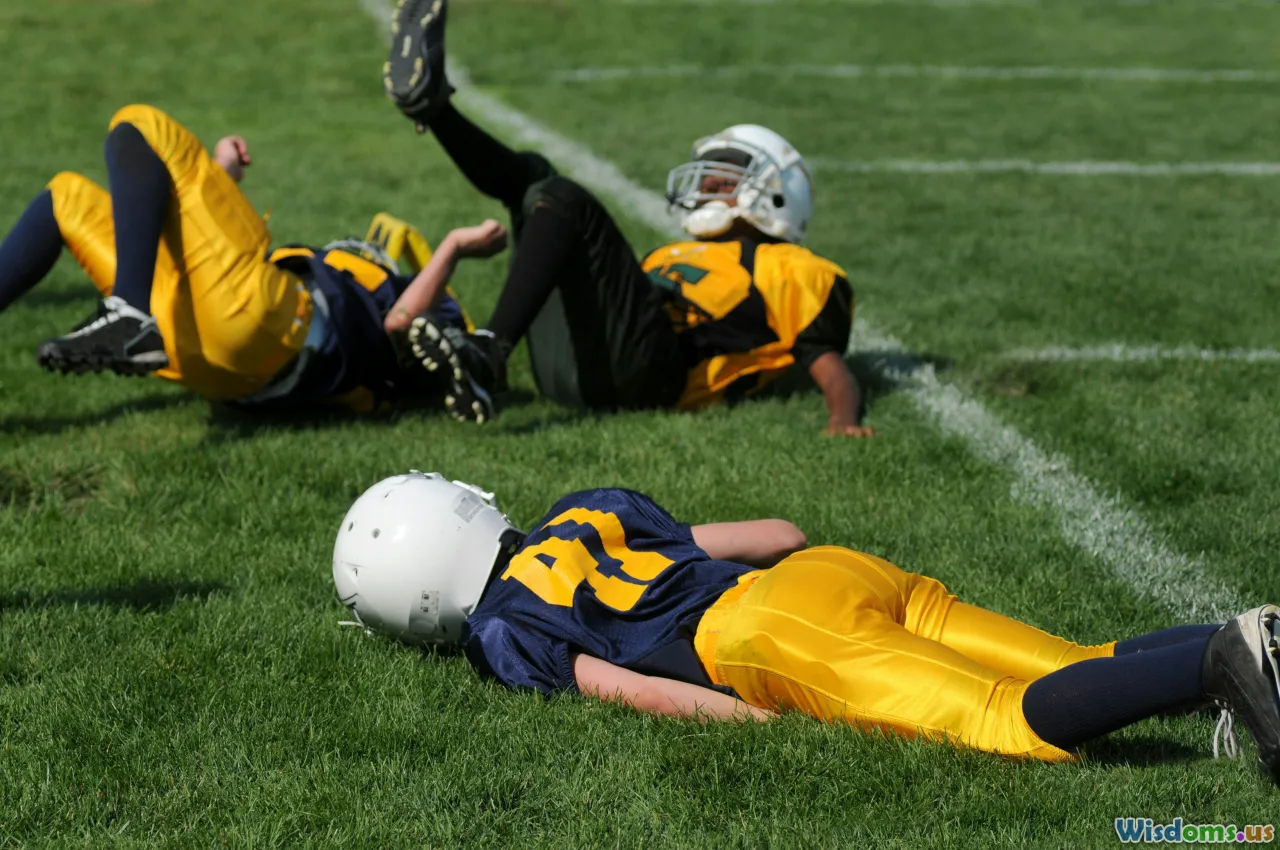
Many seniors hesitate to join new activities for fear of injury, but with some planning, beginning or restarting sport can be both safe and empowering.
How older adults can begin safely:
- Consult your healthcare provider: Especially with chronic conditions (osteoporosis, arthritis). Obtain a tailored clearance.
- Start slow: Even 5-10 minutes counts. Gradually increase frequency, duration, and intensity over weeks.
- Prioritize proper footwear and equipment: Well-fitted athletic shoes with good tread, hand grips or braces if needed.
- Warm-ups matter: Slow, dynamic stretching for 5 minutes gets joints and muscles ready.
- Partner up: Exercising with friends or family boosts confidence and accountability, plus enhances safety.
- Supervision: Classes or groups with trained instructors can be invaluable, particularly in sports involving new skills or balance moves.
Real-world example: Mildred, age 72, wanted to improve her mobility but feared falls due to past wrist fractures. After consultation, she began in a balance-focused swim aerobics class. Over six months, her confidence soared, and a DEXA scan showed her femoral neck BMD had improved significantly.
Everyday Movement Counts: Integrating Sport Into Daily Life
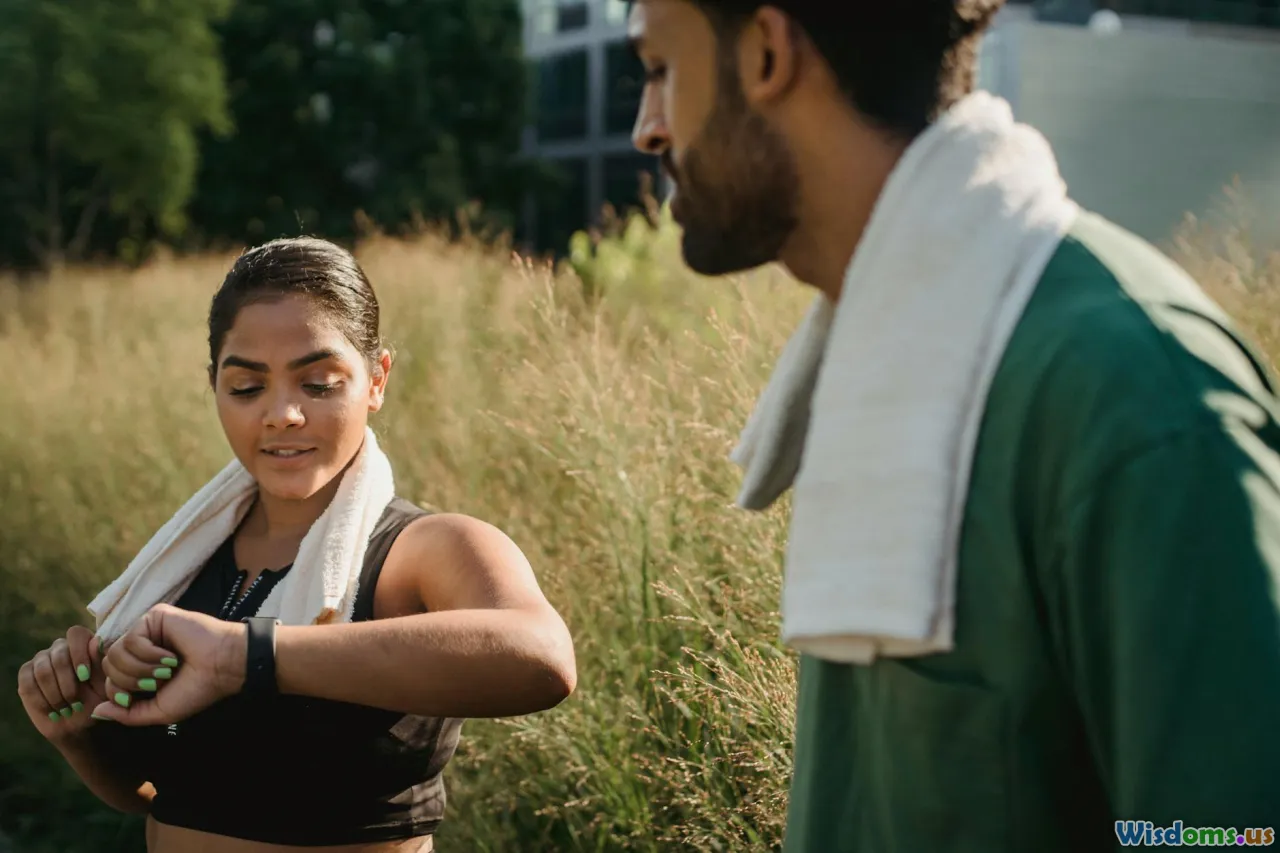
It’s not always about formal sport. Everyday activities that challenge muscles and bones also contribute to skeletal strength and help solidify positive habits.
Incorporate bone-friendly moves into routine:
- Gardening: Squatting, lifting soil, digging—these all work hips and wrists.
- Active errand running: Take the stairs, park further from store entrances, walk the long way around parks.
- Community engagement: Local volunteer groups often organize charity walks, nature clean-ups, or fundraisers with mild physical components designed for all ages.
Case in point: The U.S.-based "Step Up for Health" campaign encourages seniors to combine stair use with community goals by tallying collective flights climbed—a social driver with real BMD benefits.
Nutrition and Recovery: Completing the Bone-Sport Equation
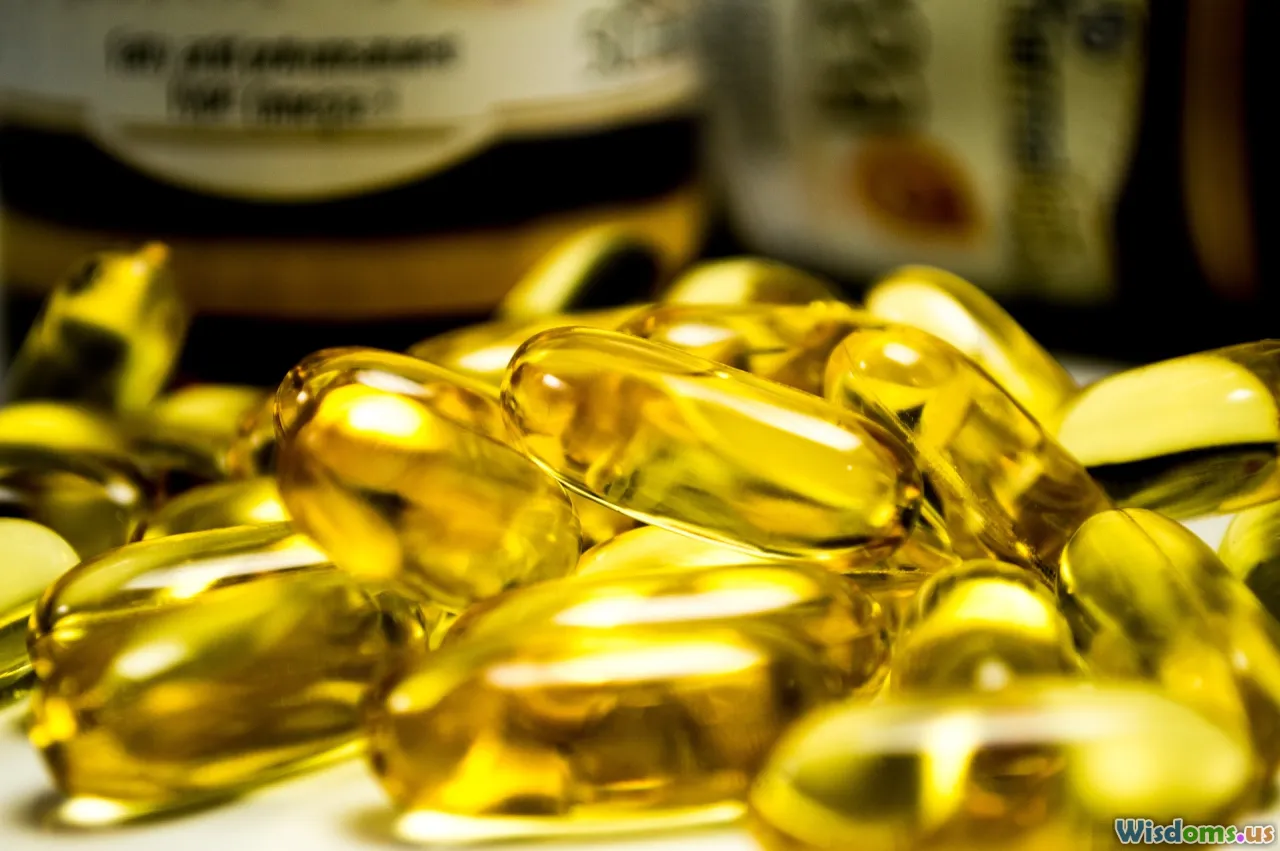
No sports regimen protects bones in a vacuum. Nutrition and recovery are fundamental pillars, helping translate exercise stimulus into bone-building action.
Fuel for Bone Growth
Older adults have unique nutritional needs:
- Calcium: Aim for 1,000–1,200 mg/day (yogurt, sardines, leafy greens).
- Vitamin D: Key for calcium absorption; sunlight helps, but supplements may be needed, especially northerly or homebound individuals.
- Protein: Research highlights older adults often don't get enough (optimal: 1-1.2 grams/kg body weight/day) for bone and muscle repair.
Tip: Registered dietitians can help create bone-strengthening eating plans tailored to your sport routine and lifestyle.
Recovery is Not Just Rest
Older bodies take longer to heal and adapt. Incorporate these practices:
- Active recovery: Light stretching, yoga, gentle walks on days off.
- Hydration: Keeping joints supple helps prevent falls and bone injury.
- Adequate sleep: Bone tissue heals and rebuilds at night, so those 7-9 hours are essential.
Pro insight: Professional sports trainers now routinely advise older client-athletes to include more gentle days and monitor fatigue—a powerful strategy to promote continuous progress without overuse injuries.
Sports and Mental Health: Bonuses Beyond the Body
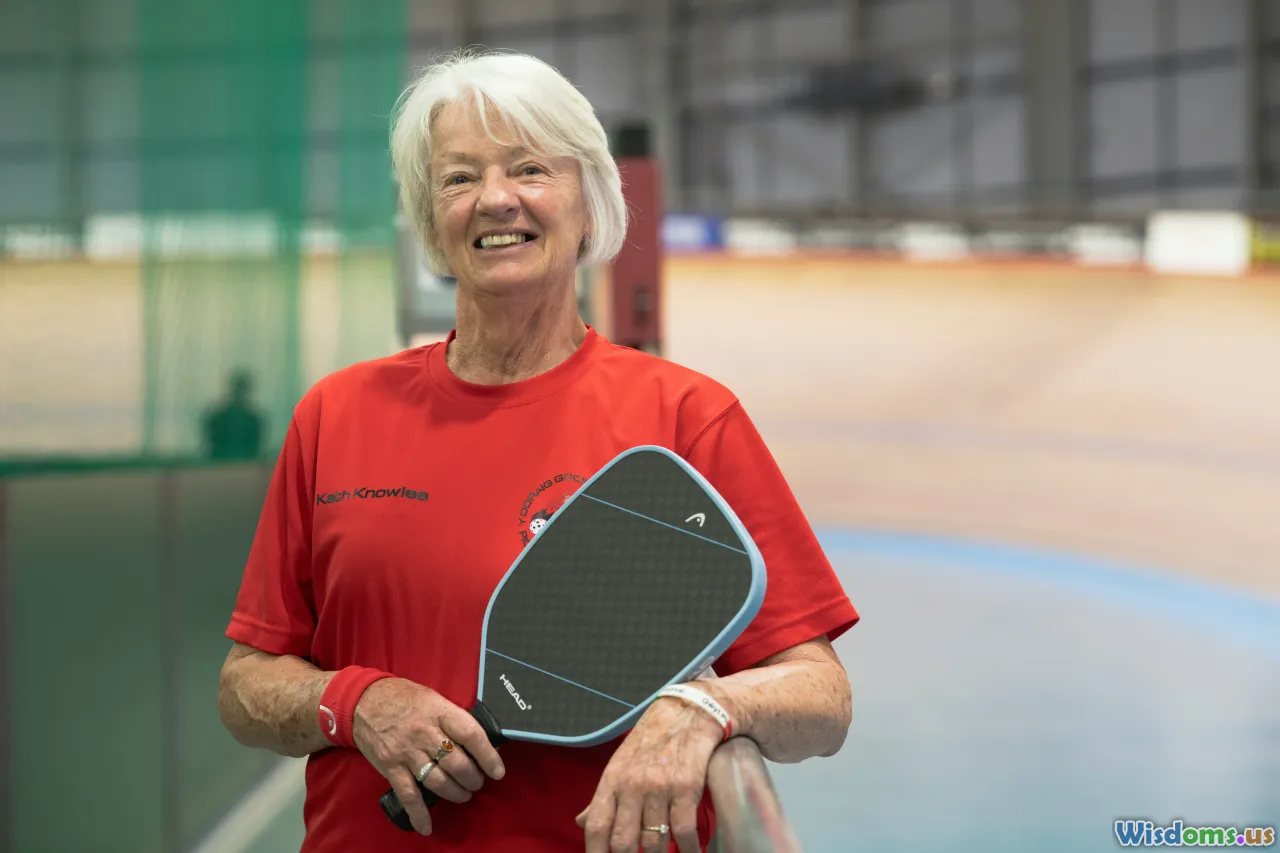
Activities protecting bones have equally profound impacts on mental and social health—factors in fall and fracture risk regularly overlooked.
Positive ripple effects:
- Confidence: Gained balance and muscle strength mean fewer fears about movement.
- Social connectivity: Team sports or group classes decrease loneliness and may boost adherence. For example, in Scandinavia, community floorball led to a surprising uptick in club membership among seniors, providing more than just physical perks.
- Cognitive benefits: Research from Australia's "Brains Over Bones" trial demonstrates seniors in coordinated sport showed marked reductions in mild cognitive impairment compared to non-active controls.
Breaking the Myths: Debunking Sport Fears Among Older Adults
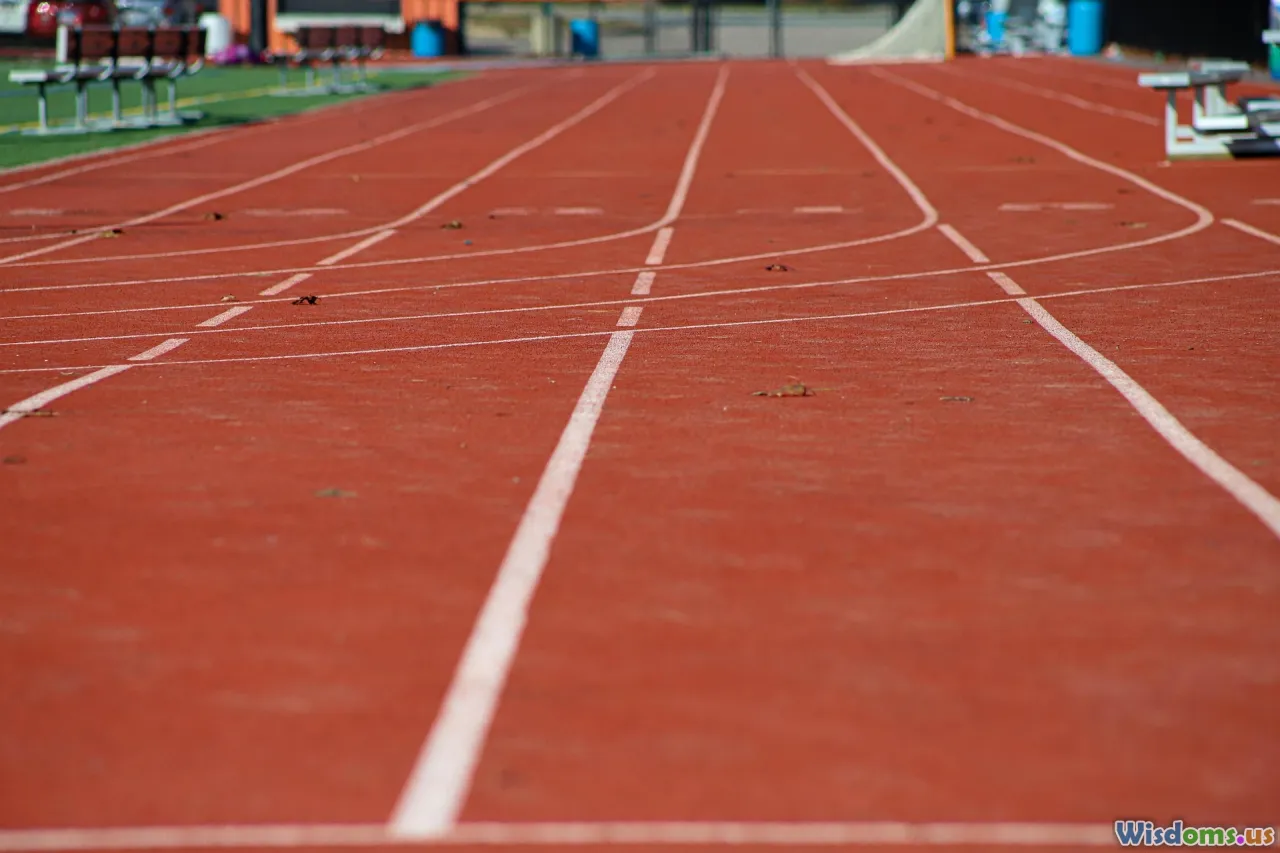
Many retirees believe that sport is for the young, or that risk of fracture is too great to bother. Evidence says otherwise—and understanding these myths is crucial for better bone health.
Myth 1: "I’m too old to start."
- Fact: Research shows bone and muscle changes occur at any age, as seen in seniors who take up even moderate activity.
- Example: The"Lifelong Tennis" project in Australia saw significant increases in hip BMD among 80-year-old new players after one year.
Myth 2: "Fragile bones mean I should avoid all weight-bearing exercise."
- Fact: Tailored, progressive activity—especially under expert guidance—consistently outperforms inactivity in fracture prevention. In many cases, supervised resistance training is advised for older adults with osteoporosis.
Myth 3: "Exercise doesn’t help after a fracture."
- Fact: With physician approval, carefully supervised movement is part of gold-standard post-fracture rehab, shown to reduce recurrence and restore function.
Sport, Technology, and the Future of Bone Health
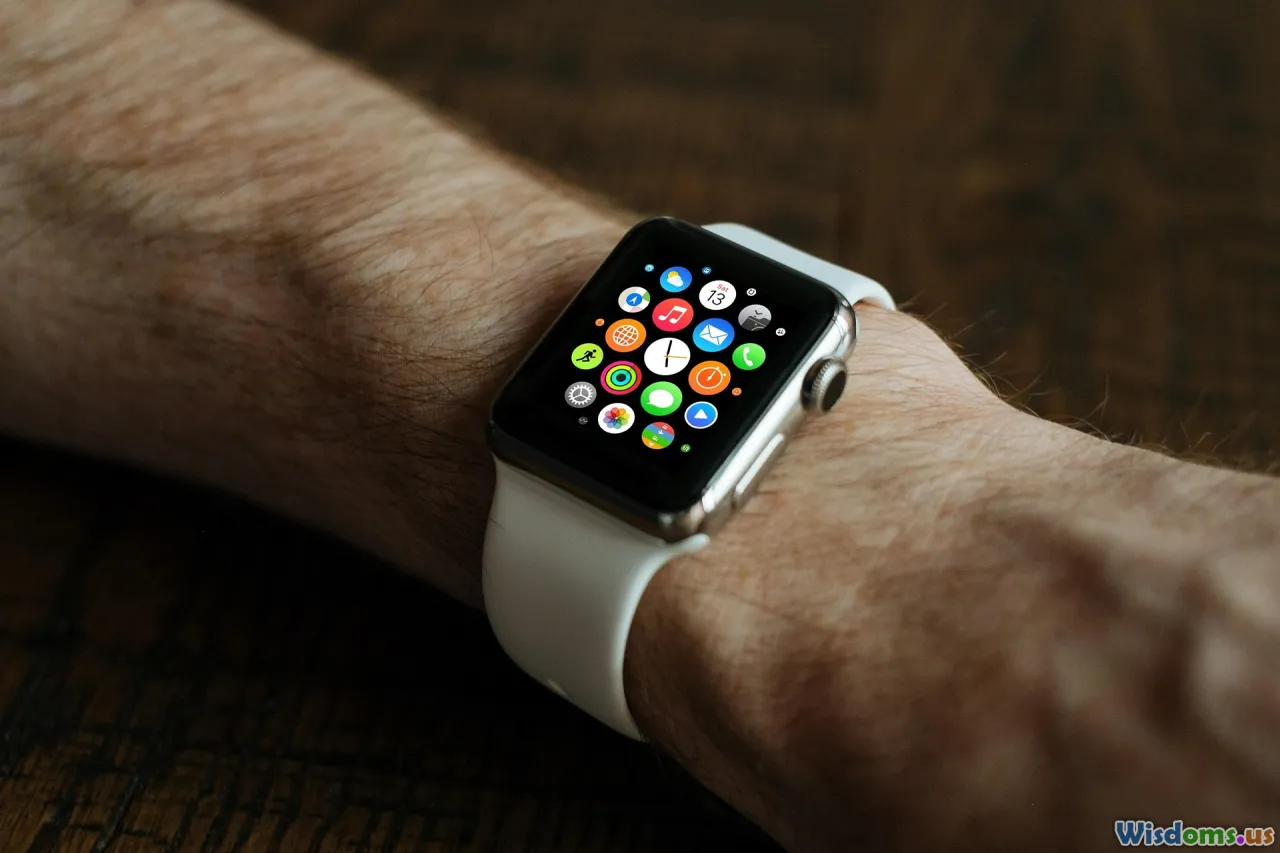
Today’s older adults enjoy access to innovative tools and support for sport participation:
Wearables and Apps:
- Smartwatches and apps (e.g., Fitbit, Apple Health) track steps, monitor activity intensity, and even count stair climbs, all motivating extra daily bone-healthy movement.
Online Classes:
- Following the 2020–2023 boom in remote fitness, many seniors now join live-streamed classes in tai chi, low-impact aerobics, or group dance, removing transportation barriers and offering social fun from home.
Virtual Reality (VR):
- Early trials of VR-based sport and balance training (like Nintendo Switch "Ring Fit Adventure") show improved compliance and enjoyment among adults 65+.
Community Platforms:
- Websites such as SilverSneakers or local YMCAs help match older adults to safe sport programs by ability, location, or health status.
With such supports, it’s never been easier for older adults to explore sport as a tool for better bone health.
The evidence is clear: consistent participation in carefully chosen sports does more than simply prevent fractures for older adults—it enhances daily vitality, supports mental acuity, and fosters social engagement. By marrying practical safety steps with nourishing food and modern supports, seniors can confidently use sport to keep their bones, and their spirit, strong for years to come.
Rate the Post
User Reviews
Popular Posts










